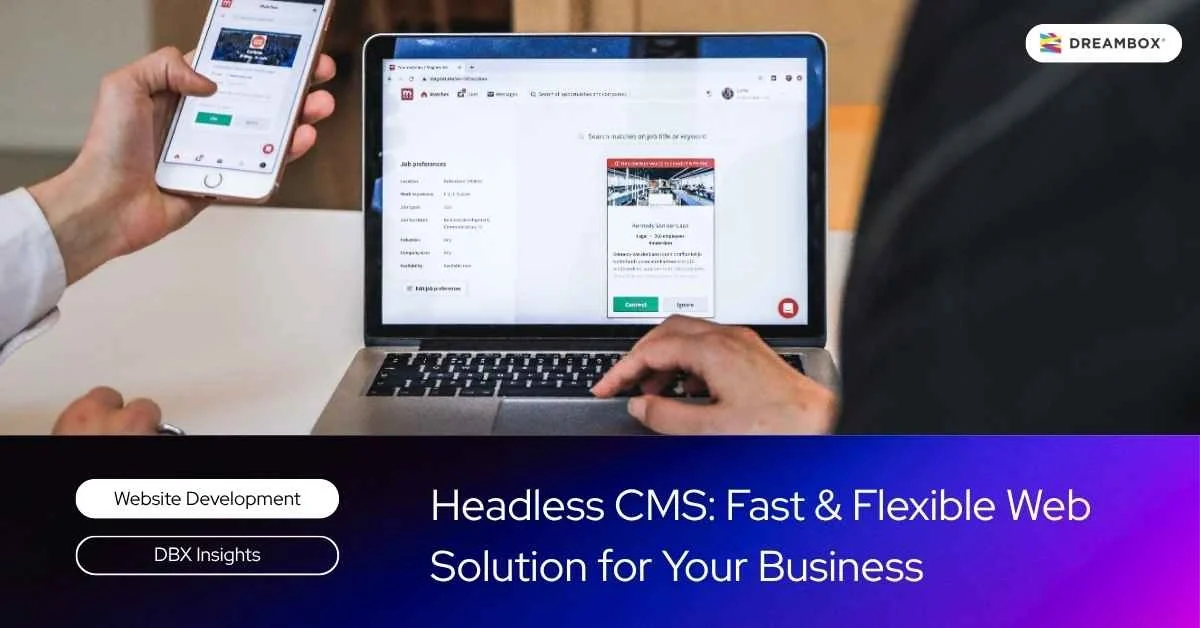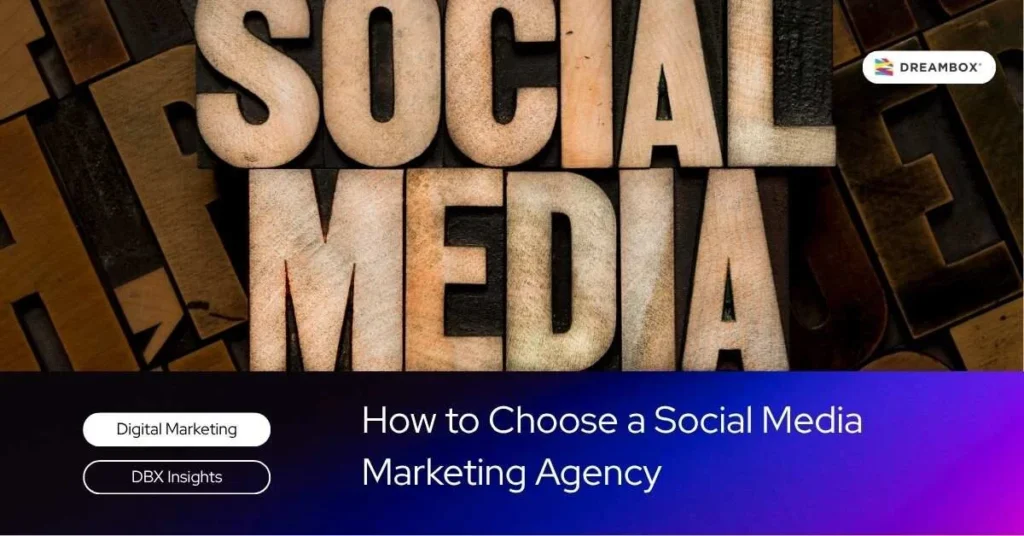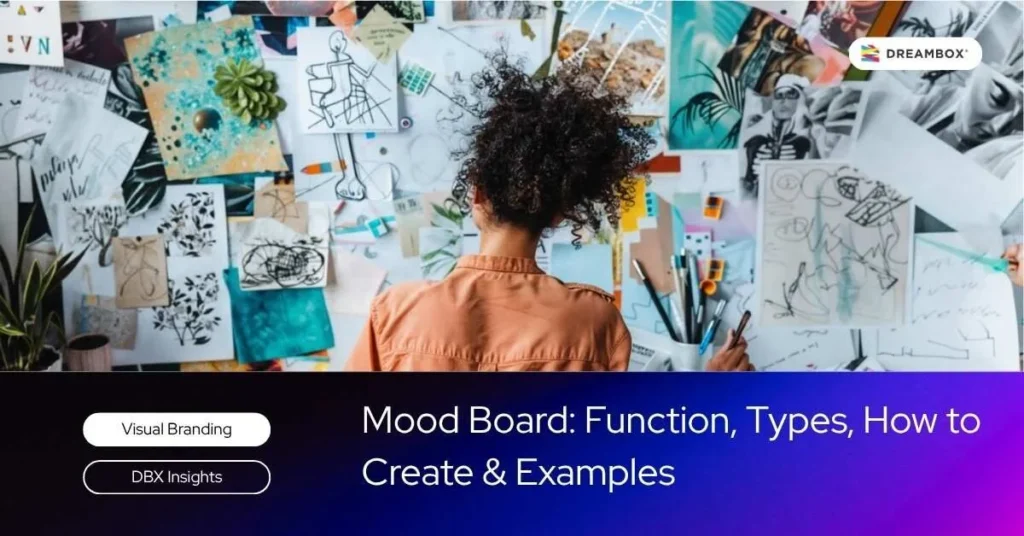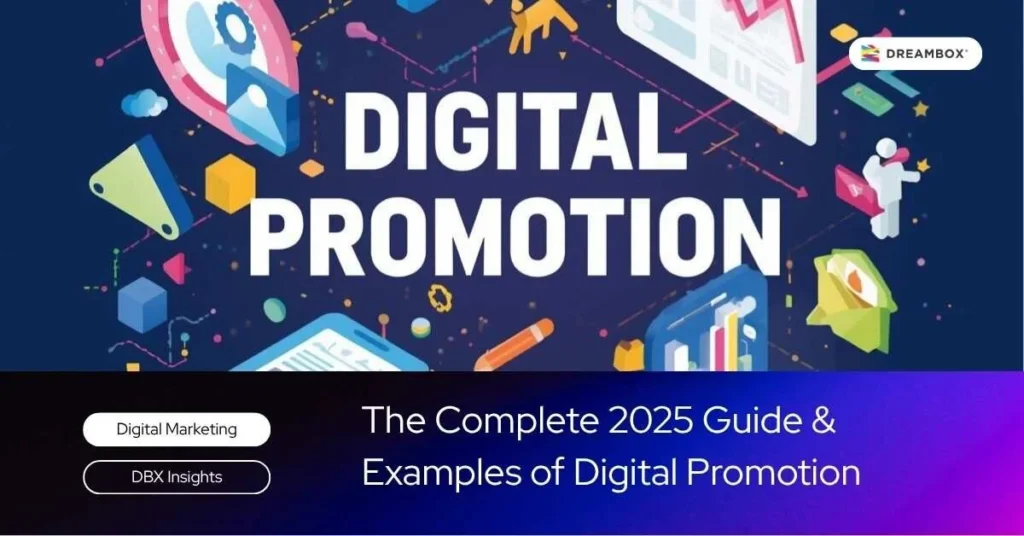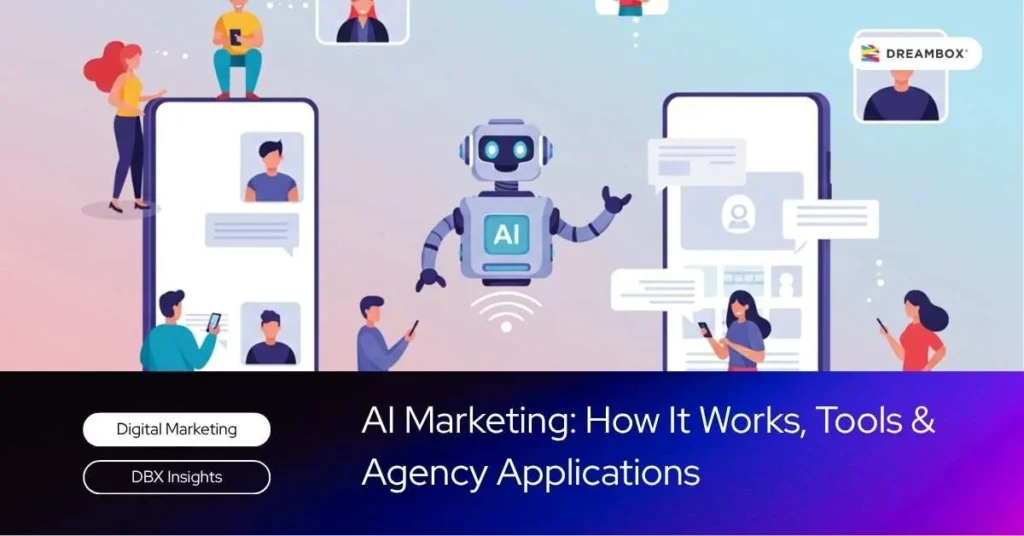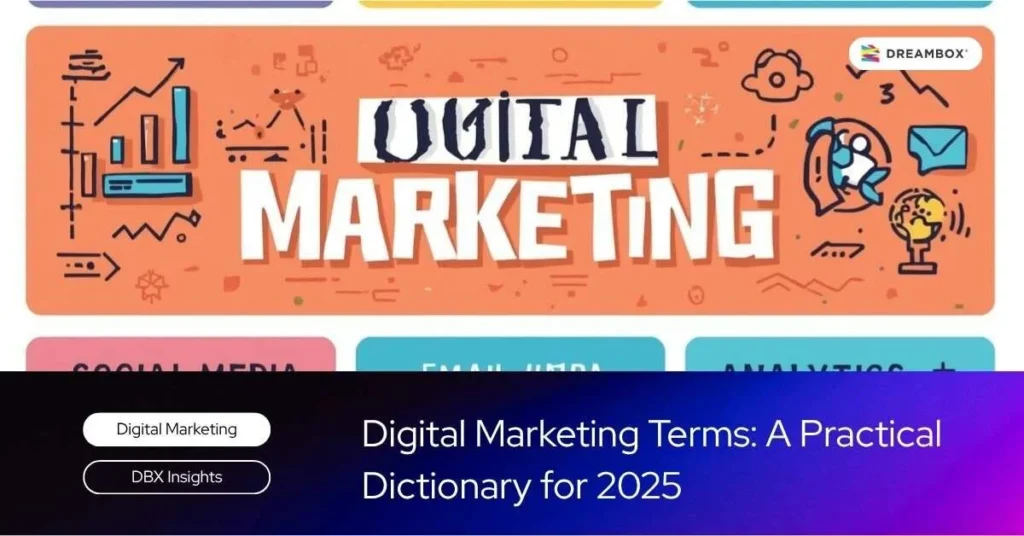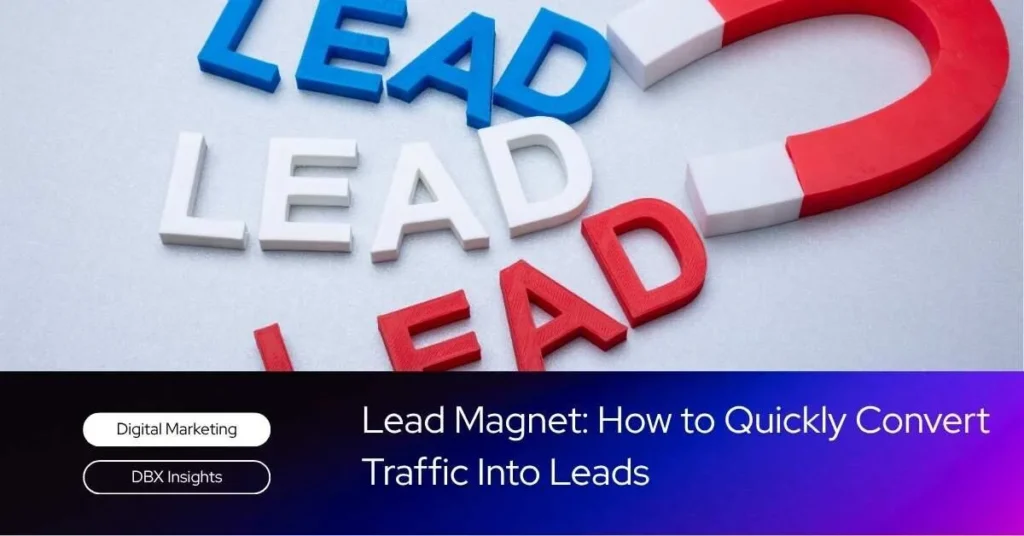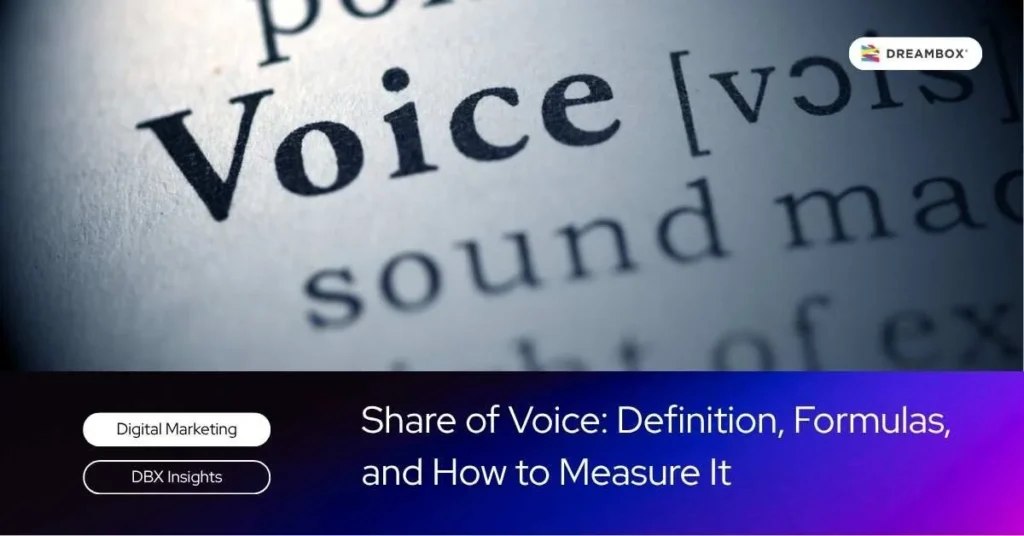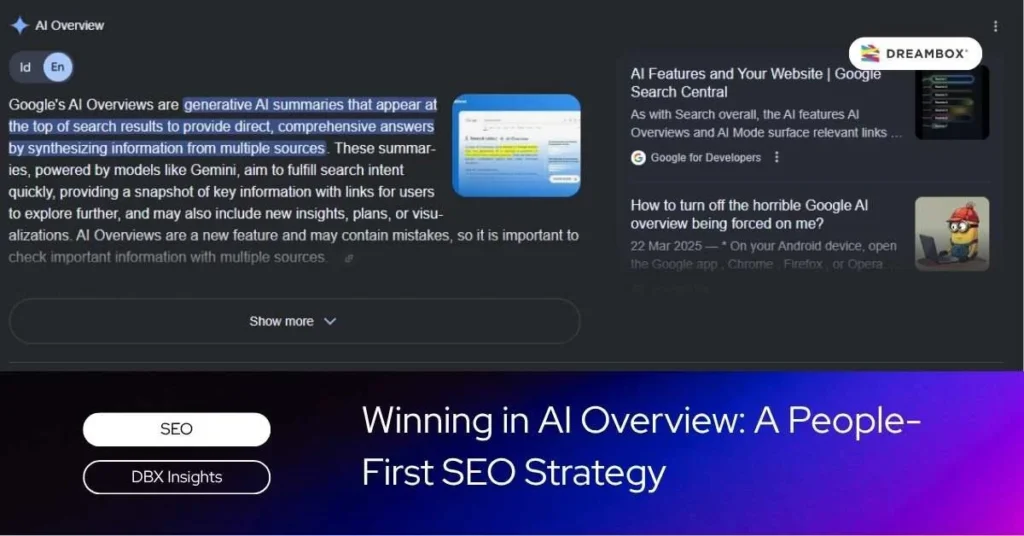Headless CMS has become a top solution for businesses seeking more flexible and efficient content management. This system separates the backend from the frontend, allowing content to be delivered across multiple platforms.
This advantage makes the development process more agile and simplifies adjustments based on user needs. For business owners, it’s a strategic opportunity to strengthen digital presence optimally.
Understanding the Concept of Headless CMS
Before making the switch, it’s important to understand what this system actually offers. A headless CMS provides a different approach compared to traditional methods.
1. What is Headless CMS?
A headless content management system separates the content management area (backend) from the user-facing side (frontend). This means content is created and stored in one place, then delivered via API.
This allows content to be displayed consistently across websites, mobile apps, IoT devices, and more. This model is ideal for businesses that need to distribute content across multiple channels.
Schedule a free 30-minute branding consultation session with our experts.
It gives more freedom in managing user experience across various media while making content management more efficient and centralized.
2. Headless CMS vs Traditional CMS
Traditional CMS combines content management and user interface in a single system. In contrast, a headless CMS manages content separately, delivering it across various digital platforms.
This gives developers the freedom to customize the interface based on platform needs, resulting in a more consistent user experience across devices.
Key Benefits of Headless CMS for Business Growth
In today’s fast-paced digital era, businesses are expected to maintain presence across multiple channels. A flexible and efficient content management system is essential for businesses to scale without technical limitations.
1. Superior Website Performance & Speed
This system is built to handle high traffic and large volumes of content without slowing down site performance. By separating content storage from content delivery, server load is reduced, and pages load faster.
This results in a more responsive and seamless user experience. Content is managed centrally and can be distributed across platforms without duplication.
2. Omnichannel Experience Flexibility
Content can be delivered consistently to various devices, websites, apps, IoT, and more. Since content and presentation are not bound together, managers can adjust strategies freely.
This enables brands to maintain consistency across all digital channels, ensuring a smoother and more integrated user experience.
3. Stronger Security
The separation between backend and frontend makes security breaches easier to monitor and control. The risk of attacks on the presentation layer is significantly lower.
Access rights can also be finely tuned based on user roles. Additionally, the system supports better implementation of privacy policies and data regulation compliance.
When Should Your Business Use a Headless CMS?
Your business should consider using a headless CMS when content needs to be distributed across multiple channels simultaneously. This technology allows the backend and frontend to function independently.
It’s ideal if you manage dynamic content that must appear differently on various platforms. It also allows user experiences to be tailored to each channel’s specific needs.
As your content grows in volume and complexity, this system helps streamline management. It’s a great solution for companies that want to stay agile, efficient, and ready to grow in a constantly evolving digital ecosystem.
Popular Headless CMS Platforms in the Market
There are now various headless CMS platforms available, each with unique strengths. One of the most widely used is Contentful, ideal for businesses needing complex content management with an intuitive interface.
For developers, Strapi is a top choice due to its open-source nature and high flexibility. Meanwhile, Sanity stands out with its collaborative features and real-time content editing capabilities.
These platforms are designed to support efficient content distribution across digital channels. Their reliability helps businesses reach audiences through more touchpoints.
However, not every platform fits every company. That’s why platform selection should align with your needs, operational scale, and technical team’s capabilities.
Unlock Your Business Potential with Dreambox
Choosing the right digital solution is a strategic move to accelerate business growth. If you’re looking for a content management system that is flexible and ready to support multi-platform delivery, it’s time to consider a new approach.
One of the best options is implementing a headless CMS for a faster, more efficient digital experience. Dreambox is here to help with professional web development services, tailored to meet today’s digital demands.
Our team will guide you from planning to implementation, ensuring your digital transformation runs smoothly. Contact us for a free consultation and get the best solution for your business. Stay ahead with more digital strategy insights on DBX Insight.

